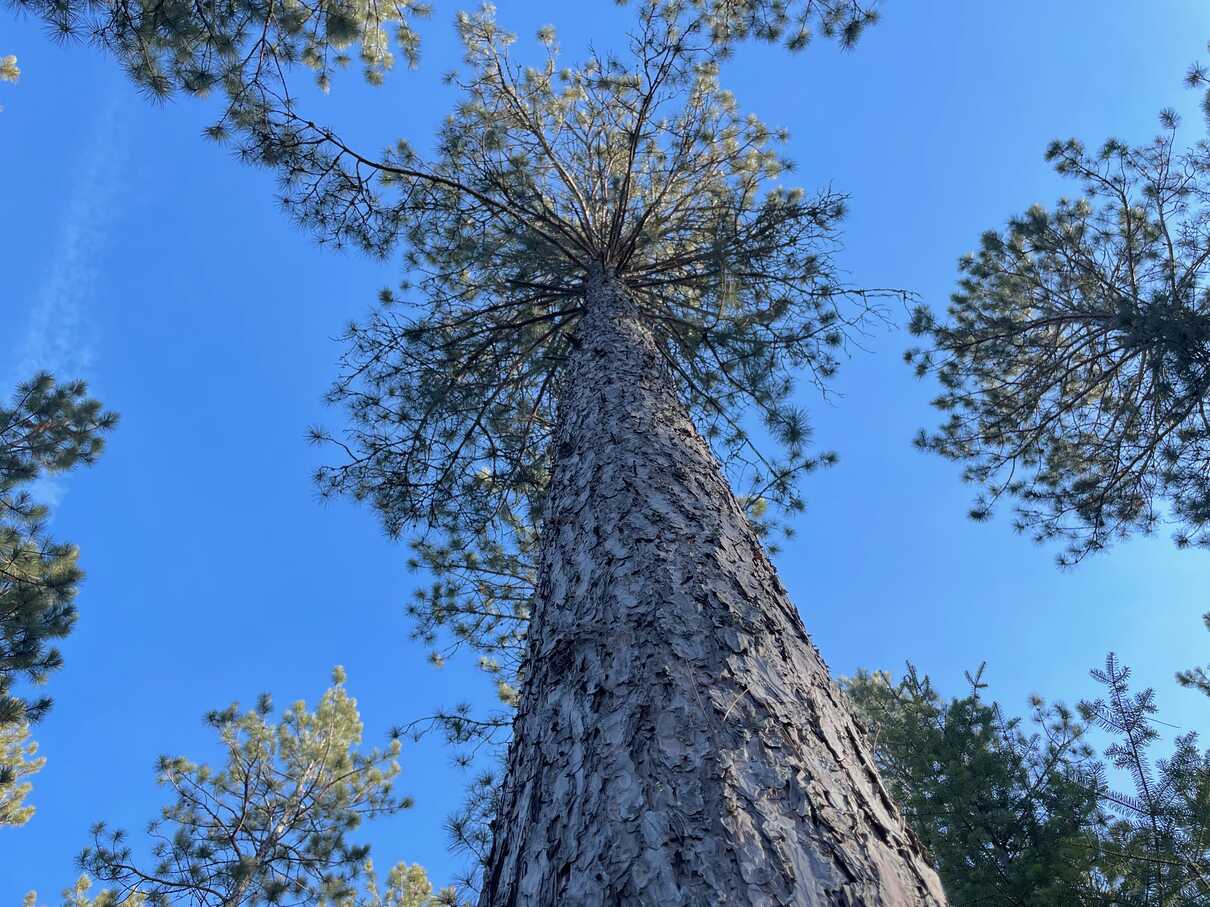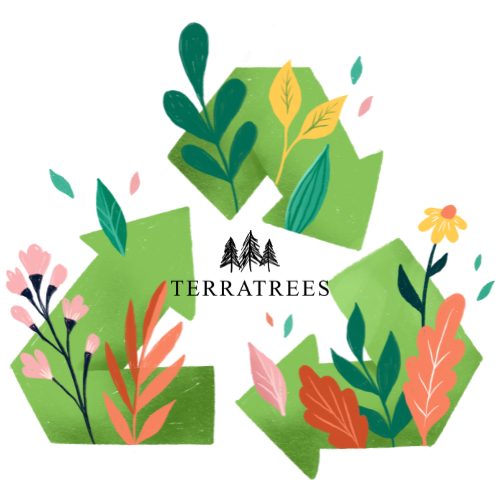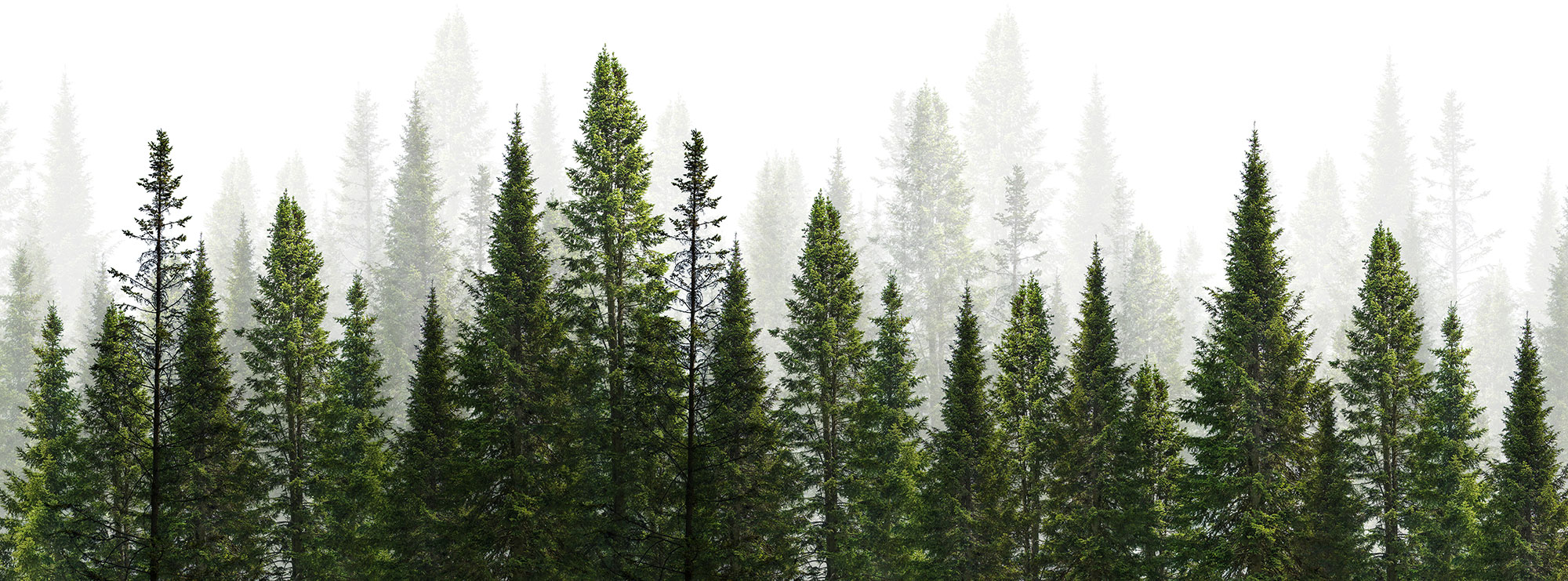Happy Earth Day from the Dietz family!
(Isn’t that top picture just dreamy? It was taken last month at THE HAVEN before the snow melt.)
Earth Day is one of my favorite days of the year! April is, of course, Earth Month. Thirty days to be thankful for and intentional about how we can protect this beautiful planet which has given us clean air and water, shelter, food, medicine, beauty, raw materials to advance society, and so much more.
We’ve all read dire headlines about the looming climate emergency. Climate anxiety and eco anxiety (distress relating to the climate and ecological crises) are gaining attention worldwide as people become increasingly aware of the current and future global threats associated with our warming planet.
My husband David’s passion for nature led him to start a side hustle in conservation and sustainable forestry in 2014 with two goals: to diversify investments and to leave the world better after we’re gone. In 2023, we took our conservation goals to phase two with the start of TerraTrees, which reforests degraded land and offers a memorial forest as a green burial alternative to cemeteries. By the end of this month, we will have planted more than 45,000 trees and set aside nearly 30 acres for families to lay their loved ones to rest in a forest’s embrace.
At a recent conference David and I attended, Dr. Caroline Hackerott, NDSU professor of Emergency Management and Disaster Science, shared some sobering statistics. But what really got to me was her report on a large study conducted on climate anxiety and young people. Published in 2021, the English journal The Lancet found that nearly 40% of Gen Zers surveyed worldwide are hesitant to have children because of the climate crisis (Hickman). Other surveys have found that many Millennials feel the same way – that it’s unethical to bring children into a world that faces ‘climate catastrophe.’
I was gutted to hear that. These stats reveal stark realities, but if there’s any good news to glean amid all the darkness it’s that people – especially the younger generations – are paying attention, and what they’re learning is beginning to influence their decisions.
Awareness is always the first step to constructive change.
Most people want to do the right thing for the earth, but many don’t know what actions to take, or ordinary life just doesn’t make it easy to do that.
So let’s find some hope amid all the scary headlines.
Step One: Slow Down

“Nature does not hurry yet everything is accomplished.” ~ Lao Tzu
Caring for our planet starts with slowing down. Being present to what’s beyond our phone screens. In this age of instant information and digital noise 24/7, this is daunting. But please stay with me.
Hold space – right here – for a moment.
Breathe in and out.
Again.
Repeat in your mind: Thank you, lungs, for the oxygen-rich breath that sustains me.
Thank you, eyes and neural pathways, for allowing me to read these words.
Thank you, earth, for being the rock-solid ground beneath my feet, supporting me and my loved ones every day.
Protecting our planet begins with presence and gratitude.
Have you ever been so absolutely absorbed in nature you lost track of time? Maybe you hiked under a swaying canopy of majestic pine trees, the wind whispering old-growth wisdom through the boughs. Or timeless waves kissed your bare ankles, the ocean beckoning you further into its blue depths. What about rising with the dawn to watch the sun ease over a steaming lake, the world suffused with a mystery that not only energized you, but filled you with peace?
Any of those sound lovely, right? But they’re not regular experiences for most of us with our many work, school, or family responsibilities.
But what about a 20-minute lunch break sitting on a park bench, tilting your head back, eyes closed, breathing fresh air, listening to birds singing, and letting the sun’s radiance caress your face? Or suiting up in your parka and snow pants in the middle of January when it’s so freaking cold your eyelashes clump with frost and you plop bottom-first into a snow pile to make snow angels? Thank you, snow, for simple winter fun and for nourishing the ground come springtime.
Each of those are simple, yet no less perfect, doses of Vitamin Nature.
The good news is, you don’t have to go to extremes to reap the benefits of being in nature which include boosted immunity, lower blood pressure and cortisol levels, reduced inflammation, better sleep, and increased vitality and energy.
Nature helps us slow down, but we need to be intentional about creating those moments.
So once you’re tuned in and grateful for the earth’s gifts…what’s next?
Step Two: Chose More Sustainable Options
When we’re present and grateful, we’re able to make better choices. Simple, sustainable actions that – cumulatively – can make a significant impact. Below are a few everyday examples. Lists like these can be overwhelming, but start with a few actions, and when they’re part of your lifestyle, add more of these sustainable behaviors. Every action matters.
USE WATER WISELY
Water is a precious resource. Collect rainwater for gardens. Fix leaks and dripping faucets promptly. Take shorter showers, don’t leave the water running when you brush your teeth, and install water-saving devices.
BUY LESS, BUY BETTER
Choose eco-friendly and sustainable products. Prioritize quality over quantity when purchasing. Repair and repurpose items instead of discarding them.
AVOID DISPOSABLE ITEMS
By cutting back or eliminating single-use items, you can save the energy and materials that went into them and prevent waste. Click for a wonderful list of 10 disposable items to stop using right now.

LOOK FOR ECO-FRIENDLY PACKAGING
Plastics pose environmental threats, including extended decomposition, harm to wildlife, and creation of microplastics which have now even shown up in umbilical cords. Biodegradable packaging reduces waste, carbon emissions, and ecological damage.
REDUCE FOOD WASTE
Check your fridge often to keep track of what you have and what needs to be used first. Eat or freeze items before you need to throw them away. Shopping in bulk at Costco is awesome, but not if you end up throwing away what you don’t consume.
REDUCE ENERGY USE
Switch to energy-efficient lighting, unplug unused electronics, turn down your thermostat and hot water heater, use cold water wash, and air-dry clothes if possible. Plant trees to help sequester carbon, provide shade, and offer shelter to birds, animals, and insects. Transportation is another major source of carbon emissions. Consider walking, biking, or carpooling when you can.
DIY CLEANING PRODUCTS
Google and Youtube abound with simple how-tos. They are less likely to cause harm or irritation, they are environmentally friendly, easy to make, and you know what’s in them.
Step Three: The Power of Collective Action
Being present to nature, grateful for the Earth’s gifts, and intentional about sustainable choices is an amazing way to live as well as a positive model for others. Our actions speak louder than our words. Yet, that’s not to discount our voices – there’s strength in numbers.
What does this look like in real life?
- Speak with your dollars to support environmentally friendly products and organizations.
- Start or volunteer for environmental community projects.
- Educate yourself and vote for projects and candidates that prioritize the long-term health of our planet.
A healthy planet is not political, though groups try to make it that way. In the wise words of Wendell Berry, “The Earth is what we all have in common.”
How you live your life spreads out to those around you, leading to increased public consciousness, which, in turn, can drive changes at local, national, and international levels.
Every person – every action – matters. Collectively, we can move the needle on the health of this beautiful planet and thereby enable our younger generations to feel it’s safe to bring children into the world.
Reference:
Hickman, Caroline, et al. “Climate Anxiety in Children and Young People and Their Beliefs about Government Responses to Climate Change: A Global Survey.” The Lancet Planetary Health, vol. 5, no. 12, Dec. 2021, www.thelancet.com/journals/lanplh/article/PIIS2542-5196(21)00278-3/fulltext, https://doi.org/10.1016/s2542-5196(21)00278-3

